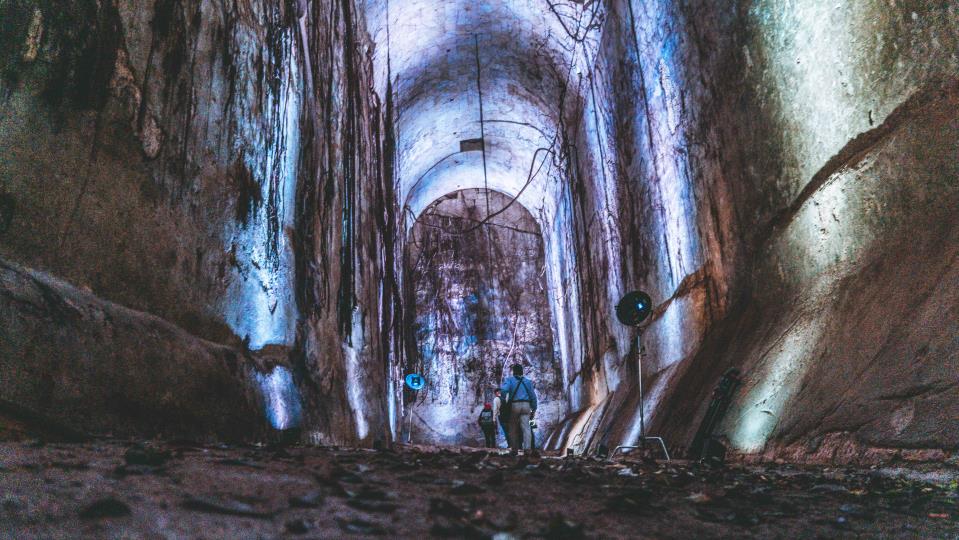A new heritage site has been opened this November 2021. This is the ‘Underground Valletta’ where guided tours are being organized to explore the different uses and passageways beneath Valletta. Visitors now has the opportunity to experience the capital city more completely and appreciate some of its facets.
The underground spaces consist mainly of the tunnels that provided sanitary facilities for the new city built by the Knights, the wells and cisterns where water was stored hundreds of years ago, and the shelters dug out in the Second World War, where Valletta residents sought refuge during air raids.
Discover more: Historic Valletta
Malta is a place steeped in rich history just waiting to be discovered. On the surface there are ancient Megalithic sites dating back to the 4th millennium BC, and the streets and piazzas of Valletta range in age from the mid 16th Century to the modern day. If we look beyond the blue skies and stunning architecture at the surface, you can descend into the depths below Valletta to uncover a hidden and fascinating history unique to this UNESCO world heritage site.
A closer look beneath Valletta
Recently rediscovered and opened to the public, the origins of Valletta’s underground tunnels can be traced back to the times of the Knights of Malta. Used as a fortification and the site of ancient battles between the Catholic Knights of Malta and Turkish forces, this subterranean labyrinth is home to a public cistern that was built by the Knights in the 16th Century.
The underground cistern was vital for water management and drainage, and helped to protect the city while under siege conditions hundreds of years ago. The extensive network of tunnels below the Maltese capital has also been used to house and move troops covertly in times of conflict, as well as to store grain reserves for use by the people of Valletta.
The Knights may have been removed from the island by Napoleon in 1798, but the tunnels remain and became a vital lifeline to the people of Valletta at various times. More recently, digging activity at the site was renewed as the bombs of WWII fell over the city. The network allowed the people of Valletta to survive below the city streets as war raged overhead.
Almost lost and forgotten to time, the tunnels were rediscovered in the late 2010s, and since then extensive restoration works have taken place to protect this piece of Maltese heritage. If you are planning activities for a delegation in historic Valletta then a trip into the subterranean tunnels cannot be missed, and guided tours are highly recommended. It is the only way to fully grasp the significance and wonder of this unique place.



